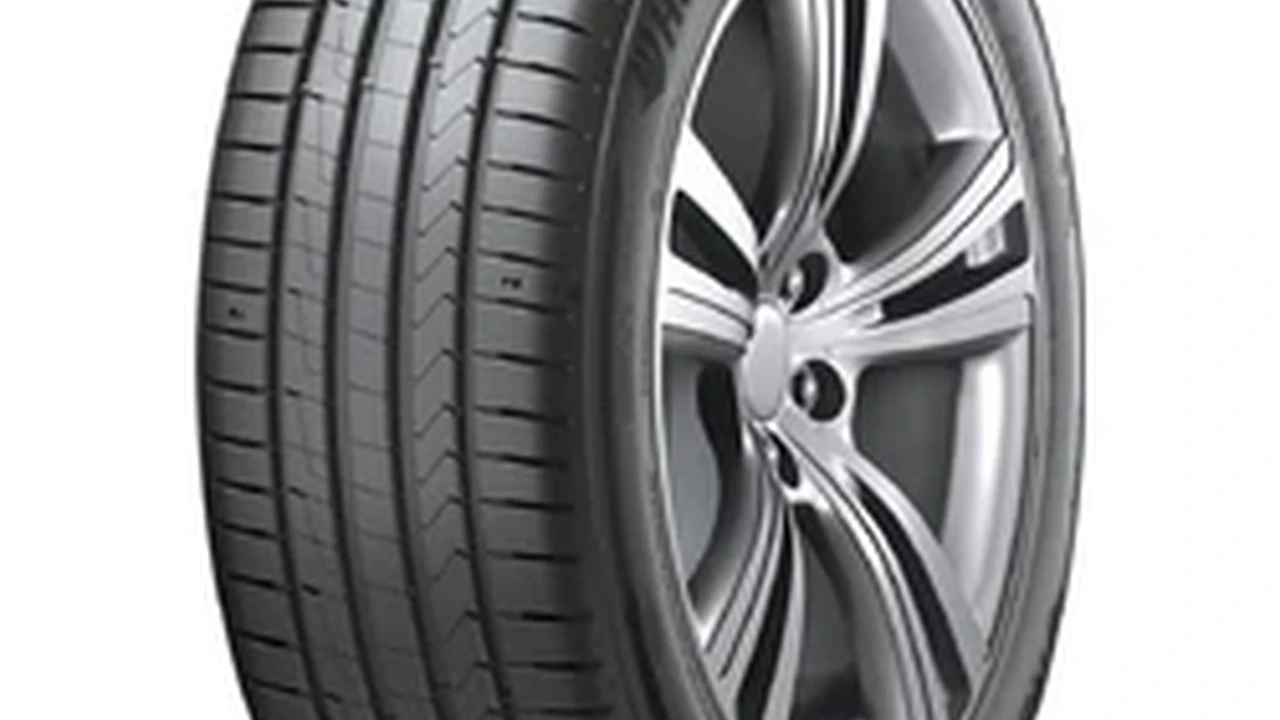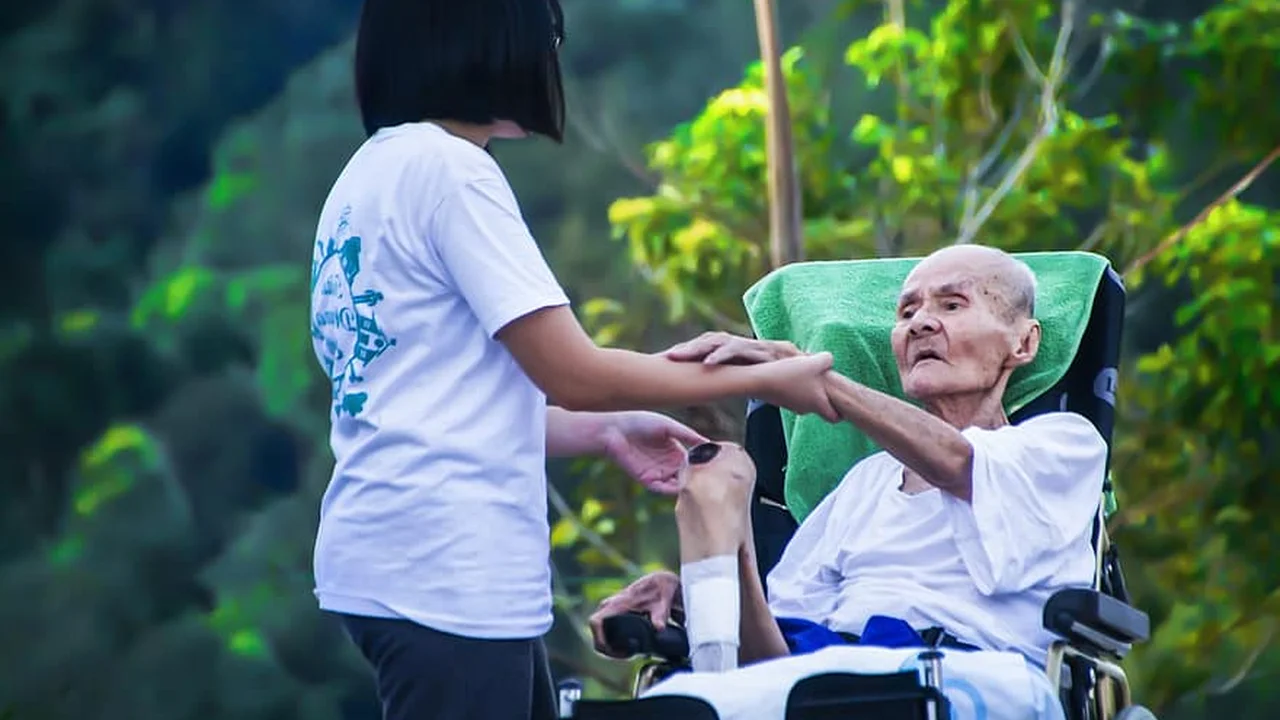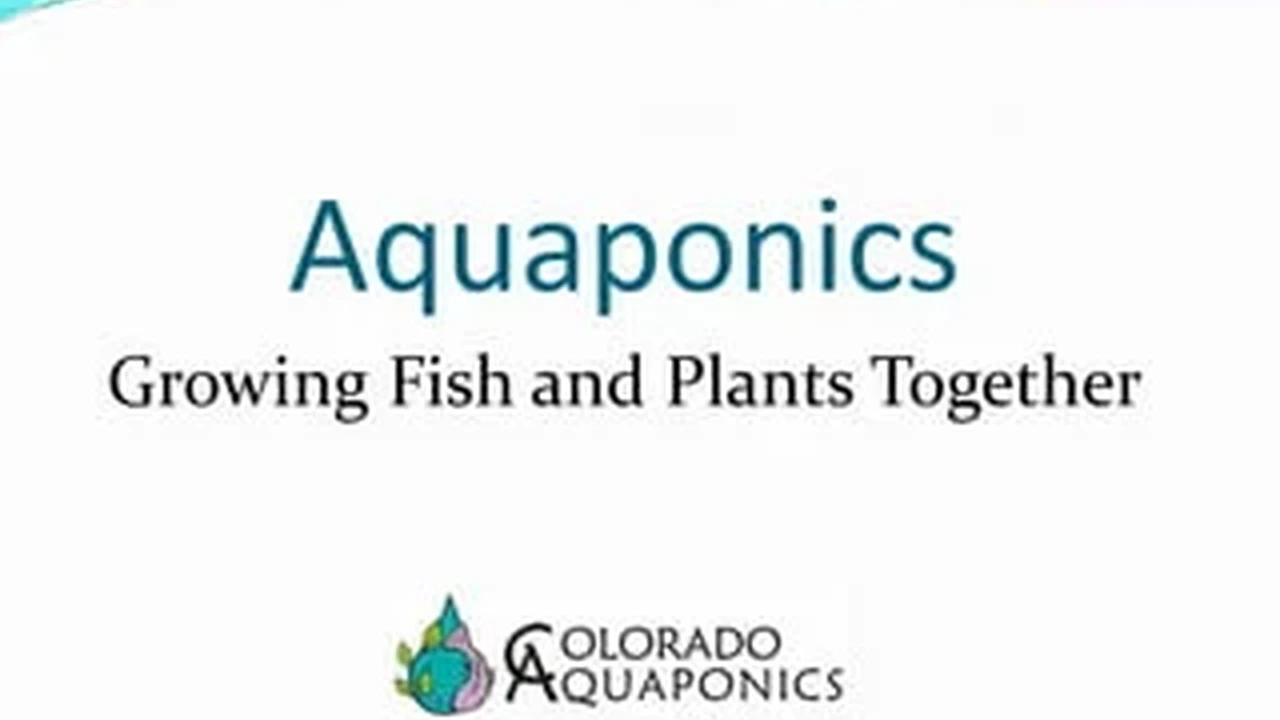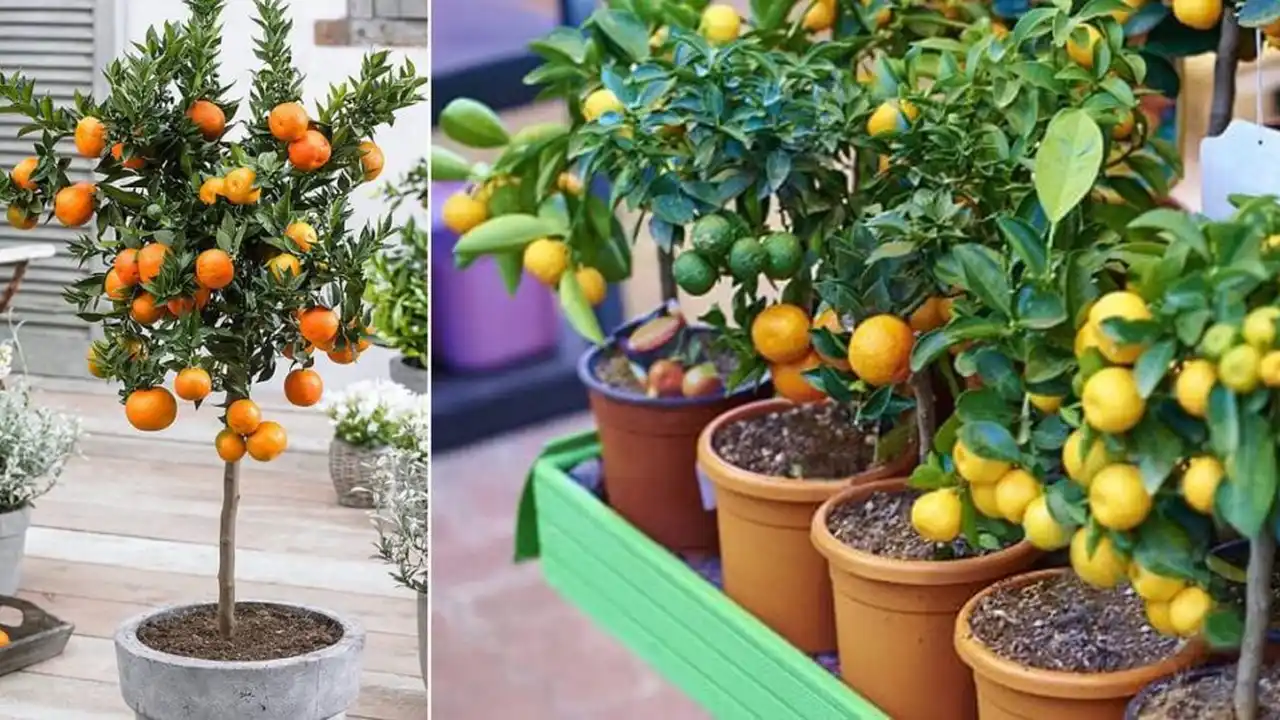Best Flowers for Shady Areas Top 4 Options
Brighten up shady spots with these top 4 flowers that thrive in low light conditions. Perfect for challenging garden areas.

Brighten up shady spots with these top 4 flowers that thrive in low light conditions. Perfect for challenging garden areas
Understanding Shade Types for Optimal Flower Growth
So, you've got a shady spot in your garden, huh? Don't despair! While many flowers crave the sun, there are plenty of beauties that actually prefer a bit of a break from the intense rays. The trick is understanding what kind of shade you're dealing with. It's not all just 'shade' – there are nuances, and knowing them will help you pick the perfect plants.First off, let's talk about **full shade**. This means an area that gets less than three hours of direct sunlight per day, often blocked by buildings, dense trees, or fences. Think of those spots under a large evergreen or on the north side of your house. Plants here need to be truly shade-loving.
Then there's **partial shade** or **part sun**. These terms are often used interchangeably, but there's a slight difference. Partial shade usually means 3-6 hours of direct sun, often in the morning or late afternoon, with protection from the intense midday sun. Part sun, on the other hand, implies 3-6 hours of direct sun, but it might include some midday sun, so plants here need to be a bit more tolerant. For our purposes, we'll mostly treat them similarly, focusing on plants that appreciate some sun but aren't sun worshippers.
Finally, **dappled shade** is like sunlight filtering through the leaves of deciduous trees. It's a constantly shifting pattern of light and shadow, offering a gentle, diffused light. Many shade-loving plants absolutely thrive in dappled shade because it mimics their natural woodland habitat.
Why does this matter? Well, a plant that tolerates partial shade might struggle in full, deep shade, and vice versa. Knowing your shade type is the first step to a successful, vibrant shade garden. It's all about matching the plant to its ideal environment, and trust me, your flowers will thank you for it!
Hosta The Unrivaled Shade Garden Star
When you think of shade plants, Hostas are probably the first thing that comes to mind, and for good reason! These leafy wonders are the undisputed champions of the shade garden. They're incredibly versatile, relatively low-maintenance, and come in an astonishing array of sizes, shapes, and colors. Seriously, you could fill an entire garden with just Hostas and still have incredible variety.Hosta Varieties and Their Unique Features
Let's dive into some popular Hosta varieties. You've got your classic 'Blue Angel' with its massive, corrugated blue-green leaves, perfect for a bold statement. Then there's 'Sum and Substance,' another giant, boasting huge chartreuse leaves that brighten up any dark corner. For something a bit more variegated, 'Patriot' offers striking dark green leaves with crisp white margins, while 'Francee' has similar green leaves but with narrower white edges.If you're looking for something smaller, 'Mouse Ears' varieties are adorable miniatures, perfect for edging or containers. And don't forget the fragrant ones, like 'Guacamole' or 'Honeybells,' which produce lovely, lily-like flowers that smell amazing.
Caring for Your Hostas Essential Tips
Caring for Hostas is pretty straightforward. They prefer consistently moist, well-drained soil. If your soil is heavy clay, amend it with compost to improve drainage. They're generally pretty drought-tolerant once established, but they'll look their best with regular watering, especially during dry spells. Fertilize them in spring with a balanced slow-release fertilizer. As for pests, slugs and snails are their main enemies, so keep an eye out for those tell-tale holes in the leaves. There are various organic and chemical solutions available, from beer traps to slug pellets.Recommended Hosta Products and Pricing
When it comes to buying Hostas, you'll find them everywhere from local nurseries to online retailers. Prices can vary widely depending on the size and rarity of the cultivar.* **Hosta 'Blue Angel' (Bare Root or Potted):** A popular choice for its large size and striking blue foliage. You can often find bare roots for around $10-$15, while a small potted plant might be $15-$25. Great for filling large spaces or as a focal point.
* **Hosta 'Patriot' (Potted):** Known for its vibrant green and white variegation. A 1-gallon pot typically costs $18-$30. Excellent for adding contrast and brightness to shady borders.
* **Hosta 'Sum and Substance' (Potted):** One of the largest Hostas, with impressive chartreuse leaves. Expect to pay $20-$40 for a good-sized plant. Ideal for creating a dramatic, tropical feel.
* **Hosta 'Halcyon' (Potted):** A medium-sized blue Hosta, very reliable and slug-resistant. Usually in the $15-$25 range for a 1-gallon pot. Perfect for mass planting or as a groundcover.
**Where to Buy:**
* **Local Nurseries:** Often have a good selection and knowledgeable staff. You can see the plants in person.
* **Online Retailers (e.g., White Flower Farm, Bluestone Perennials, Amazon):** Offer a wider variety, especially for rarer cultivars. Shipping costs can add up, but convenience is a plus.
**Comparison:** Bare roots are cheaper but take longer to establish. Potted plants offer instant gratification and are usually more robust from the start. For beginners, potted plants are often a safer bet.
Astilbe Adding Feathery Texture and Color
If you're looking to add some serious texture and vibrant color to your shady spots, Astilbe is your go-to plant. These beauties are known for their feathery, plume-like flowers that come in shades of pink, red, purple, and white, rising above attractive, fern-like foliage. They bring a delicate elegance and a pop of brightness to even the darkest corners of your garden.Popular Astilbe Varieties and Their Characteristics
Astilbes come in various sizes, from compact varieties perfect for containers to taller ones that make a statement in the back of a border. Some popular choices include 'Fanal,' a classic with deep red plumes and dark green foliage, and 'Rheinland,' which boasts bright pink flowers. For white, 'Deutschland' is a reliable choice, while 'Purple Rain' offers stunning lavender-purple blooms.There are also different bloom times, so you can choose varieties that flower in early, mid, or late summer to extend your garden's color show. For example, 'Sprite' is an early bloomer with delicate pink flowers, while 'Visions' blooms mid-season with raspberry-pink plumes.
Cultivating Astilbe Tips for Success
Astilbes thrive in consistently moist, well-drained soil rich in organic matter. They absolutely hate drying out, so regular watering is crucial, especially during hot, dry periods. They prefer partial to full shade, with dappled shade being ideal. Too much sun can scorch their leaves and diminish their blooms. A good layer of mulch around the base of the plants will help retain soil moisture and keep the roots cool.They're generally pest and disease resistant, making them a relatively easy-care plant. Divide them every 3-4 years in spring to maintain vigor and create new plants.
Recommended Astilbe Products and Pricing
Astilbes are widely available and offer great value for their beauty.* **Astilbe 'Fanal' (Bare Root or Potted):** A classic red variety, very popular. Bare roots can be found for $8-$12, while a 1-gallon potted plant is typically $15-$25. Great for bold color accents.
* **Astilbe 'Rheinland' (Potted):** Known for its bright pink plumes. A 1-gallon pot usually costs $15-$25. Excellent for adding a cheerful splash of color.
* **Astilbe 'Visions' (Potted):** A compact variety with raspberry-pink flowers, good for smaller spaces or containers. Expect to pay $12-$20 for a smaller potted plant. Ideal for front borders or mass planting.
**Where to Buy:**
* **Garden Centers:** Most garden centers will carry a good selection of Astilbes, especially in spring.
* **Online Nurseries (e.g., Breck's, Spring Hill Nurseries, Etsy):** Offer a broader range of cultivars and often have bare root options which are more economical for larger plantings.
**Comparison:** Bare roots are a cost-effective way to get many plants, but they require a bit more patience. Potted Astilbes establish quickly and provide immediate visual impact. Consider bare roots for large-scale projects and potted plants for instant gratification.
Ferns The Epitome of Woodland Elegance
While not flowering plants in the traditional sense, ferns are absolutely essential for any shade garden. They bring an unparalleled sense of lushness, texture, and tranquility, transforming a shady spot into a serene woodland retreat. Their intricate fronds come in countless shades of green, and some even boast silver, red, or bronze hues, adding subtle but captivating color.Diverse Fern Varieties for Every Shade Garden
There's a fern for almost every shady niche. The **Japanese Painted Fern** (Athyrium niponicum 'Pictum') is a showstopper with its silvery-green fronds accented with burgundy and purple. It's relatively compact and adds a touch of sophistication.For a more classic, robust look, the **Ostrich Fern** (Matteuccia struthiopteris) is a fantastic choice. It's tall and architectural, forming elegant vase-shaped clumps. Be aware, it can spread, so give it room or use it where you want a naturalizing effect.
The **Autumn Fern** (Dryopteris erythrosora) is another favorite, known for its new fronds emerging in coppery-red tones before maturing to a glossy green. It provides multi-season interest.
And let's not forget the delicate **Maidenhair Fern** (Adiantum pedatum) with its fine, airy foliage and black stems, perfect for a truly elegant, understated look.
Growing Ferns Successfully Key Requirements
Most ferns prefer consistently moist, well-drained soil rich in organic matter. They thrive in partial to full shade, with dappled shade being ideal. Avoid direct afternoon sun, which can scorch their delicate fronds. Good air circulation is also important to prevent fungal issues.Once established, many ferns are quite low-maintenance. They generally don't need much fertilizer; a top dressing of compost in spring is usually sufficient. They're also relatively pest-free. The biggest challenge is ensuring they don't dry out, especially during hot spells.
Recommended Fern Products and Pricing
Ferns are readily available and can be quite affordable, especially common varieties.* **Japanese Painted Fern (Potted):** A highly sought-after variety for its unique coloration. A 1-gallon pot typically costs $18-$30. Excellent for adding subtle color and texture.
* **Ostrich Fern (Bare Root or Potted):** A vigorous, tall fern. Bare roots are very economical, often $5-$10 each, while a 1-gallon pot is $12-$20. Ideal for naturalizing or creating a lush backdrop.
* **Autumn Fern (Potted):** Valued for its seasonal color changes. A 1-gallon pot usually runs $15-$25. Great for year-round interest in the shade garden.
**Where to Buy:**
* **Local Nurseries and Garden Centers:** Often have a good selection of common and some specialty ferns.
* **Specialty Online Nurseries (e.g., Ferns from Allegheny, Santa Rosa Gardens):** For a wider and more unique selection, especially if you're looking for specific or rarer fern types.
**Comparison:** Bare root ferns are a budget-friendly option for mass planting, but they take time to establish. Potted ferns offer immediate impact and are generally easier for beginners to get started with.
Impatiens The Classic Shade Annual for Continuous Color
If you're looking for non-stop, vibrant color in your shady spots from spring until the first frost, then Impatiens are your absolute best friend. These cheerful annuals are incredibly popular for a reason: they're easy to grow, produce an abundance of flowers, and truly brighten up any dark corner. While some newer varieties have emerged, the classic 'Busy Lizzie' (Impatiens walleriana) remains a favorite for its sheer flower power.Exploring Impatiens Varieties and Their Appeal
The traditional **Impatiens walleriana** comes in a dazzling array of colors: white, pink, red, orange, purple, and various bi-colors. They form mounding plants covered in flat, five-petaled flowers. They're perfect for mass plantings, borders, window boxes, and hanging baskets.However, it's important to note that Impatiens walleriana were heavily impacted by Downy Mildew in recent years, which led to many gardeners switching to other options. But fear not! Breeders have developed **Downy Mildew Resistant Impatiens** (like the 'Beacon' series or 'Imara' series), bringing back the beloved classic with improved disease resistance. These are definitely the ones to look for now.
Another popular choice for shade is the **New Guinea Impatiens** (Impatiens hawkeri). These are generally larger plants with bigger flowers and often variegated foliage. They are naturally resistant to Downy Mildew and can tolerate a bit more sun than the walleriana types, though they still prefer shade.
Cultivating Impatiens for a Season of Blooms
Impatiens thrive in consistently moist, well-drained soil rich in organic matter. They are heavy feeders and will benefit from regular fertilization throughout the growing season. They absolutely cannot tolerate dry conditions, so consistent watering is key, especially in containers. If they wilt, water them immediately, and they'll usually perk right back up.They prefer partial to full shade. Too much direct sun will scorch their leaves and reduce flowering. Pinching back leggy growth can encourage bushier plants and more blooms. Since they are annuals, they will die with the first hard frost, but they're worth replanting every year for their incredible display.
Recommended Impatiens Products and Pricing
Impatiens are typically sold as small starter plants or flats, making them very economical for large plantings.* **Impatiens walleriana 'Beacon' Series (4-pack or 6-pack):** These are the new disease-resistant varieties. A 4-pack usually costs $5-$8, while a flat of 18-36 plants can range from $20-$40 depending on the retailer. Perfect for mass planting in shady beds or filling containers.
* **New Guinea Impatiens (Individual Potted Plants):** Often sold in larger 4-inch or 6-inch pots due to their larger size. A single plant might cost $4-$7. Excellent for focal points in containers or for areas with slightly more light.
**Where to Buy:**
* **Big Box Stores (e.g., Home Depot, Lowe's):** Offer the most competitive prices, especially on flats of Impatiens walleriana, particularly the disease-resistant series.
* **Local Nurseries:** May have a wider selection of New Guinea Impatiens and other specialty annuals, often with healthier, more established plants.
* **Online Retailers (e.g., Burpee, Park Seed):** You can buy seeds or plugs, which are tiny starter plants, for a very economical way to grow many plants, though this requires more effort and a longer growing period.
**Comparison:** For sheer volume of color in deep shade, the 'Beacon' series of Impatiens walleriana is hard to beat, especially for large areas. New Guinea Impatiens offer larger flowers and foliage and are a good choice if you have slightly brighter shade or want a more substantial plant in a container.
Other Notable Shade-Loving Flowers and Plants
While Hostas, Astilbes, Ferns, and Impatiens are fantastic starting points, the world of shade gardening is vast and full of other incredible options. Don't limit yourself! Here are a few more plants that deserve a spot in your low-light landscape, offering different textures, bloom times, and forms.Bleeding Heart Dicentra spectabilis
**Bleeding Heart** (Dicentra spectabilis) is an absolute classic for early spring color in the shade. Its arching stems adorned with heart-shaped pink or white flowers are truly enchanting. They're relatively short-lived in terms of foliage, often going dormant in summer, so plan to plant them with later-emerging plants like Hostas to fill the gap. They prefer moist, well-drained soil and partial to full shade. A bare root plant might cost $10-$15, while a potted one is $15-$25.Foamflower Tiarella cordifolia
**Foamflower** (Tiarella cordifolia) is a delightful native perennial that forms lovely mounds of lobed, often patterned leaves, topped with airy, foamy white or pinkish flower spikes in spring. It's fantastic as a groundcover or for edging a shady path. It thrives in moist, rich, well-drained soil and partial to full shade. Expect to pay around $12-$20 for a potted plant. It's a great alternative to Hostas if you want something with a finer texture.Coral Bells Heuchera
**Coral Bells** (Heuchera) are primarily grown for their incredible foliage, which comes in an astonishing array of colors: lime green, deep purple, bronze, silver, and various variegations. While they do produce delicate flower spikes, it's the leaves that steal the show. They're excellent for adding year-round color and texture to the shade garden. They prefer well-drained soil and partial shade. Prices range from $15-$30 for a potted plant, depending on the cultivar's rarity. They're very versatile and look great in containers too.Fuchsia Trailing Beauty for Hanging Baskets
For hanging baskets and containers in shady spots, **Fuchsia** is a must-have. Their unique, pendulous flowers, often in vibrant combinations of pink, purple, and white, are simply stunning. They bloom continuously from spring until frost. Fuchsias need consistent moisture and protection from direct afternoon sun. They are typically sold as small potted plants or in hanging baskets, with prices ranging from $5-$10 for a small plant to $25-$40 for a full hanging basket. They're perfect for adding a touch of exotic elegance to your porch or patio.Rhododendrons and Azaleas Woody Shrubs for Shade
If you're looking for larger, woody plants that thrive in shade, **Rhododendrons and Azaleas** are excellent choices. These acid-loving shrubs produce spectacular spring blooms in a wide range of colors. They prefer partial shade, especially protection from harsh afternoon sun, and consistently moist, acidic, well-drained soil. Prices vary greatly depending on size and maturity, from $30 for a small plant to hundreds for a mature specimen. They provide structure and long-term beauty to the shade garden.Designing Your Dream Shade Garden Tips and Tricks
Creating a beautiful shade garden isn't just about picking the right plants; it's also about thoughtful design. Even without abundant sunlight, you can create a space that's vibrant, inviting, and full of interest. Here are some tips to help you design your dream shade garden.Layering Plants for Depth and Interest
Think in layers, just like you would in a sunny garden. Place taller plants like Ostrich Ferns or larger Hostas at the back, medium-sized plants like Astilbes and Japanese Painted Ferns in the middle, and shorter plants or groundcovers like Foamflower or smaller Hostas at the front. This creates depth and ensures that all your beautiful plants are visible.Incorporating Hardscaping and Features
Shade gardens often benefit from hardscaping elements. A winding path made of stepping stones or gravel can invite exploration. Benches or small seating areas provide a spot to relax and enjoy the cool, serene atmosphere. Water features, like a small bubbling fountain, add soothing sounds and attract birds, enhancing the tranquil feel. Statues, birdbaths, or decorative pots can also serve as focal points.Using Color and Texture Strategically
While flowers might be less abundant than in a sunny garden, you can still achieve incredible color and texture. Focus on foliage! Hostas offer a huge range of greens, blues, and variegations. Coral Bells provide reds, purples, and bronzes. Japanese Painted Ferns add silvery hues. Combine different leaf shapes – the broad leaves of Hostas with the delicate fronds of ferns or the feathery plumes of Astilbe – to create visual interest.Don't forget about subtle flower colors. White and pale yellow flowers really pop in the shade, brightening up dark corners. Pinks, purples, and reds from Astilbes and Impatiens can add vibrant splashes.
:max_bytes(150000):strip_icc()/277019-baked-pork-chops-with-cream-of-mushroom-soup-DDMFS-beauty-4x3-BG-7505-5762b731cf30447d9cbbbbbf387beafa.jpg)






